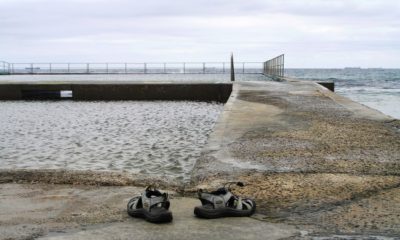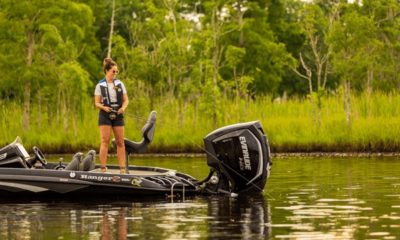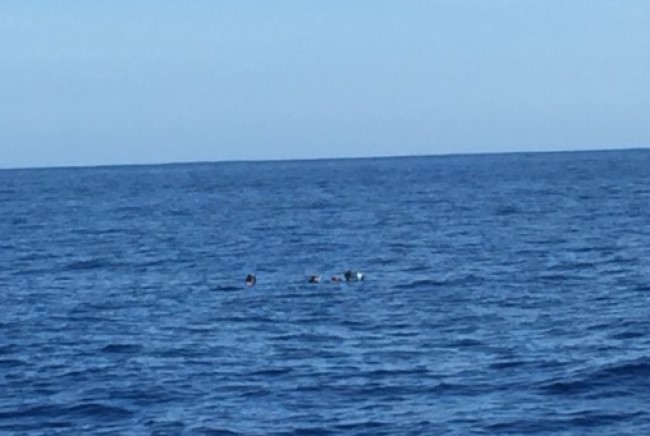Sports
Open Water: 10 Commandments of Boat Safety
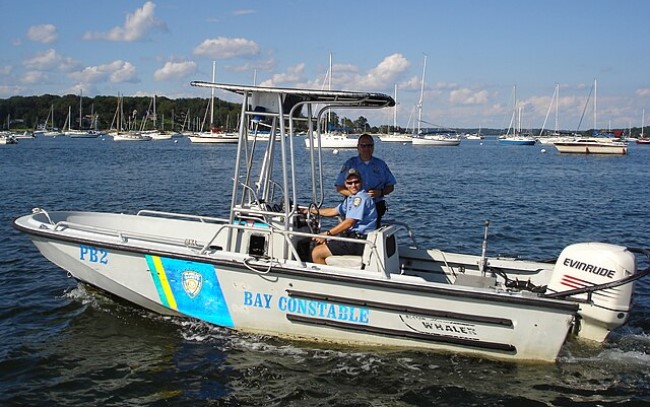
For many, the idea of summer is synonymous with water sports. So National Safe Boating Week has come at an opportune time. As many of you are getting ready to take your watercraft -whatever the size- out for the first time, we hope you’re running a safety checklist to make certain plans aren’t sunk by equipment issues or accidents.
We have a list of safety checks from the Sea Tow Foundation, along with some other reminders that we hope a majority of boat owners will simply look at and go “check” as it’s old-hat to you. But it’s worth reviewing if only one new boater looks the list over and sees something they might not otherwise have remembered to do.
Here are some more solid bits of advice for you if you’re getting ready to get out in the water this weekend:
- File a float plan. If you’re going out on the water, leave a plan telling someone who’s staying ashore the important information about your trip. That includes where you’re going, when you’re leaving, and when you anticipate returning. If something does go wrong, searchers at least have a general idea where to start looking for you. Having been stranded on a lake due to an engine issue, I know from experience that the float plan can shorten what could otherwise be a long experience.
- Carry communication devices. Cellphones are nice, but cell service isn’t everywhere. VHF marine radios -even the handheld units- are great “just in case insurance.” So, too are Personal Locator Beacons or an Emergency Position Indicating Radio Beacon (EPIRB). If they use batteries, this is the week to replace them -and be covered for the summer.
- Have enough fuel…Try to use the “rule of thirds” – if you have a full tank of fuel (please, do) use 1/3 of your fuel for the outbound part of your adventure and 1/3 to get back. That leaves 1/3 of your capacity for a cushion. Flying airplanes and driving boats share a common thing: they never run out of fuel at the dock or the airport. Have enough to get home.
- If you’re going to be out before daylight -or after dark -make certain your navigation lights are operational, and that you have auxiliary lighting so you can see -and others can see you.
- Have an anchor. Being able to hold yourself in place is important. If you’re using the boat as a swim platform, it won’t drift away. If you find yourself in a “situation” you can secure your boat. If you do anchor, anchor from the bow rather than the stern. Here’s a prompt to avoid a very embarrassing thing with your anchor. Make certain the anchor line is secured to your boat before tossing the anchor overboard. Rope burns aren’t funny. Neither are lost anchors.
- Try the Sea Tow Foundation’s Life Jacket Challenge. It’s definitely more useful than the “safety briefing” you get every time you board a commercial airplane. It’s a simple challenge: practice an emergency and encourage boaters of all ages to try and get into a life jacket in less than 30 seconds.
- If one of your passengers won’t try the challenge because the life jacket is in awful shape, it’s a good time to replace it with a new Coast Guard approved jacket (preferably from this decade). Now’s a great time to ensure all life jackets are in good working order.
- Be careful about the fuel you put into your tank. It’s important to realize that E15 (15% ethanol) fuel may be less expensive but it is not for use in boats. It can damage your engine. According to results from a 2020 Outdoor Power Equipment Institute poll, only one in five consumers know that “regular 88” -or 88 octane fuel- has more ethanol (15%) than 87 octane (10% ethanol). Pumps dispensing E15 can be poorly marked, with this warning label not always easy to see. Be sure to look for it to avoid this fuel, which can be harmful to boat engines – and illegal to use. As BoatUS notes, “recreational vessels are never compatible with E15. It is not permitted by federal law to use E15 fuel in boats (as well as motorcycles, off-road vehicles and power equipment), voids the engine warranty, and it has been proven to cause damage to marine engines. Recreational vessel engines may only use gasoline containing no more than 10% ethanol (E10). Any pump dispensing E15 fuel must have an approved orange warning label.”
- Be reasonable with your speed. It’s great fun to race across waterbodies -unless you happen to run across a partially submerged log and tear the lower out of your engine -or worse. Running aground is also a bad thing. Accidents on the water can be far more deadly than fender benders.
- If you’re the captain, keep an eye on those cold, frosty beverages. Boating under the influence is every bit as illegal as driving under the influence in all 50 states.
-

 Hunting2 months ago
Hunting2 months agoDrain the Swamp: Corruption Scandal at Washington State’s Fish & Wildlife
-

 Adventure3 weeks ago
Adventure3 weeks agoDoes the “Big Beautiful Bill” Have a Public-Lands Wart?
-

 Adventure1 month ago
Adventure1 month agoHowling in Cuckoo: How Mexican Wolves are Fostered
-

 Gear7 days ago
Gear7 days agoLet Freedom RING! Primary Arms’ Independence Day Category Sale Starts NOW
-
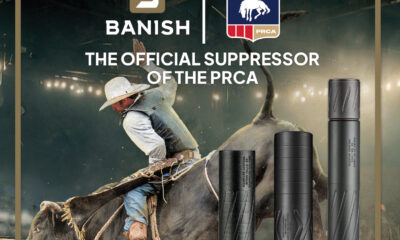
 Adventure2 months ago
Adventure2 months agoGoing Rodeo! BANISH Named the Professional Rodeo Cowboys’ Official Suppressor
-

 Adventure2 weeks ago
Adventure2 weeks agoU.S. Bighorn Sheep Going Home to Canada
-

 Adventure4 weeks ago
Adventure4 weeks agoYour Dream Hunt Could Be a Movie & Leupold Can Help

